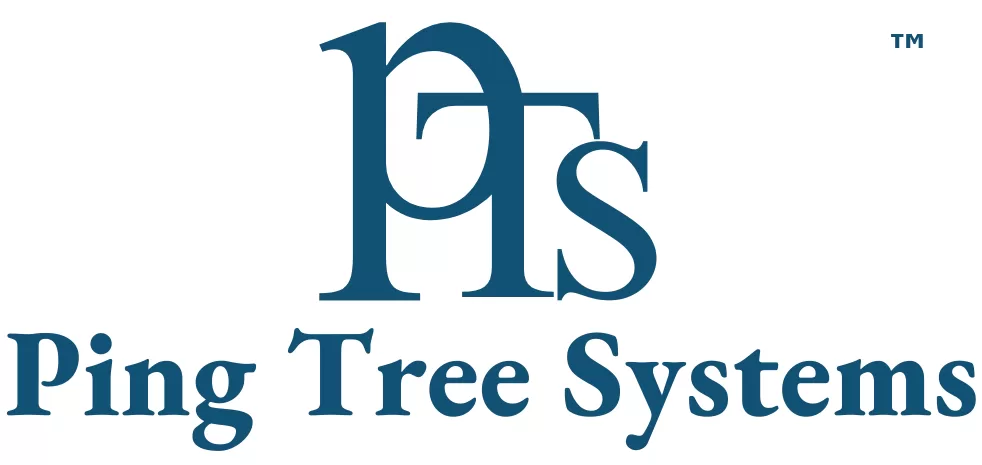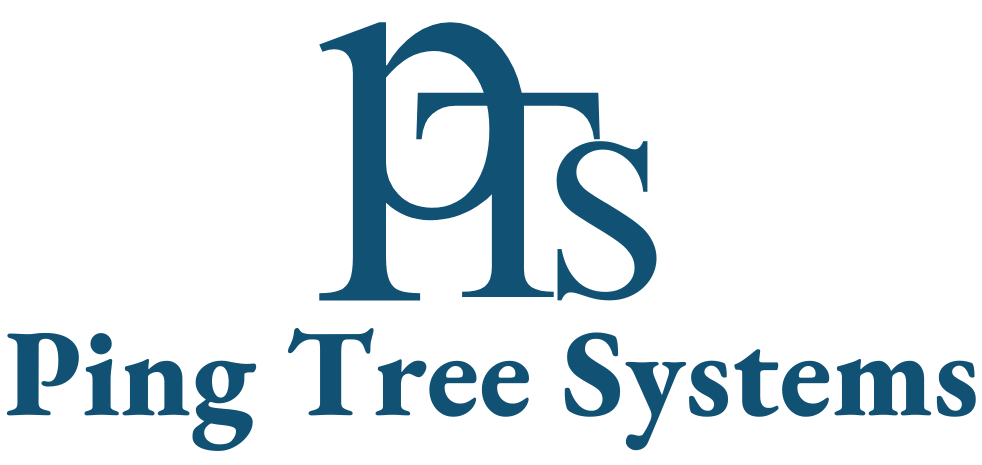If you are involved in the auto insurance sector, you understand the importance of every moment when handling a lead. Whether you are generating leads independently or purchasing them from external sources, the speed of response, follow-up, and efficiency of workflow are essential for closing transactions. This is where Zapier can significantly impact your operations.
Zapier enables you to link your preferred applications — such as lead forms, CRMs, email services, SMS platforms, and others — to establish automated workflows that conserve time and minimize human error. For businesses utilizing a Ping Tree System or Ping Tree Software to distribute leads in real-time to the highest bidder or most suitable buyer, Zapier can serve as a vital integration layer. It ensures your Ping Post Software sends and receives data between systems seamlessly, reducing delays and improving conversion rates.
In this article, we will demonstrate how to utilize Zapier to create a streamlined and automated lead flow for your auto insurance enterprise — whether you’re working with direct lead submissions or a complex Ping Tree-based lead distribution model.
Why Automate Your Auto Insurance Lead Workflow?

Before we begin, let us explore the significance of automation in the realms of insurance lead generation and sales:
-
Respond promptly to leads while they are still warm.
-
Minimize manual data entry (eliminating the need for copy-pasting from spreadsheets).
-
Automatically nurture cold leads through emails or text messages.
-
Synchronize data across various tools (such as CRM, email, Google Sheets, etc.).
-
Allocate leads to agents according to ZIP code, type, or availability.
For companies leveraging ping post lead distribution software, these automation strategies are especially powerful. By integrating Lead Distribution Software with automation platforms like Zapier, you can ensure leads are instantly routed, tracked, and followed up on — all without manual intervention. This enhances speed-to-contact, improves lead quality management, and boosts overall conversion rates in competitive auto insurance markets.
Step-by-Step: Automating Your Auto Insurance Lead Workflow with Zapier
Step 1: Acquire the Lead
Start by identifying a lead source. This may include:
-
A Facebook Lead Advertisement
-
A Typeform or Jotform
-
A Google Form
-
A landing page integrated with Webhooks
-
A third-party lead provider (utilizing an email parser or webhook)
Whether you’re managing Auto Accident Lead Generation or general auto insurance inquiries, selecting the right source is the first step in building an efficient ping post lead workflow.
Example of a Zapier Trigger:
“New lead submitted through Facebook Lead Ads”
Once triggered, this lead can automatically enter your ping and post system, where it is evaluated and distributed using real-time logic. This is particularly beneficial if you’re using a Ping Tree or other dynamic lead-selling model to handle leads across different buyers or agents.
Step 2: Forward Lead Information to Your CRM or Google Sheet
Once a lead is obtained, transfer it to your CRM or a lead management spreadsheet.
Popular integrations:
Zoho CRM
HubSpot
Salesforce
Pipedrive
Google Sheets
Zap Example:
“When a new lead is obtained, insert it as a new row in Google Sheets and create a contact in HubSpot.”
Step 3: Alert Your Sales Agent (Immediately)
Timeliness in contacting leads is crucial. Utilize Zapier to:
Send an SMS notification via Twilio or ClickSend
Initiate a message in Slack or Microsoft Teams
Dispatch an email notification to the sales team
Zap Example:
“Send an SMS to Agent A when a lead from ZIP code 75001 is obtained.”
Step 4: Automatically Qualify or Filter Leads
Employ Zapier filters to:
Direct leads based on ZIP code, coverage type, or vehicle year
Eliminate junk or unqualified leads
Initiate different actions for various lead sources
Zap Filter Example:
“Proceed only if the lead’s ZIP code is in California.”
Step 5: Automated Follow-Up with Emails or Texts
Establish an automated follow-up process:
Send a welcome email
Initiate a text confirmation
Enroll them in an email drip campaign via Mailchimp, ActiveCampaign, or ConvertKit
Zap Example:
“When a new lead is added to the CRM, send an email via Gmail and enroll them in a Mailchimp sequence.”
Step 6: Assign Leads According to Rules
Utilize tools such as Zapier Paths or third-party lead routing services to:
Allocate leads to agents based on geographical location
Distribute leads in a round-robin or priority manner
Notify multiple agents and route to the first one to claim
Zapier Path Example:
“If the ZIP is in Texas, assign to Agent John. If the ZIP is in Florida, assign to Agent Mia.”

